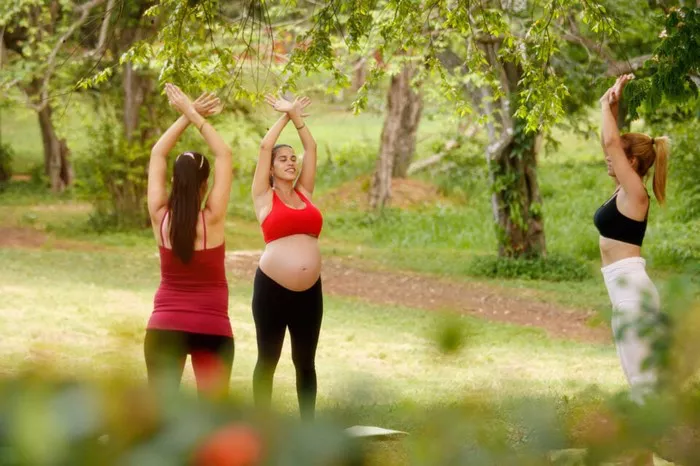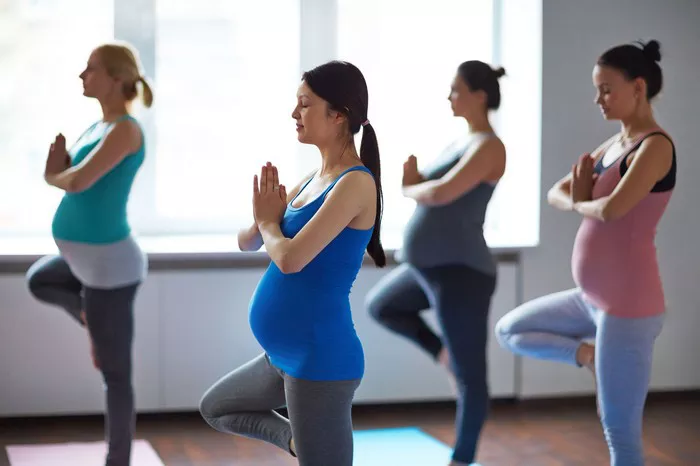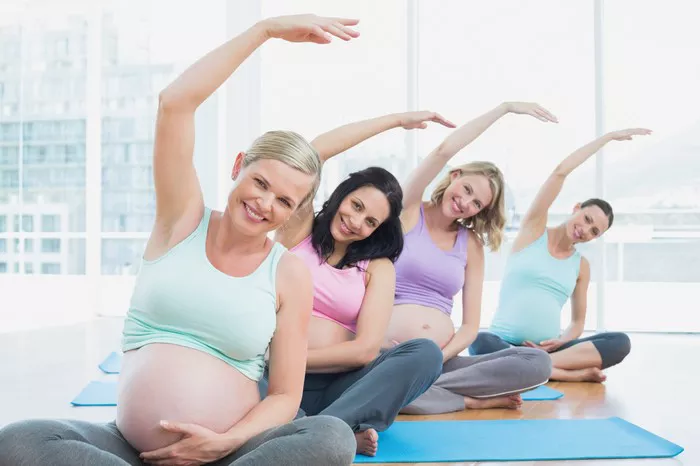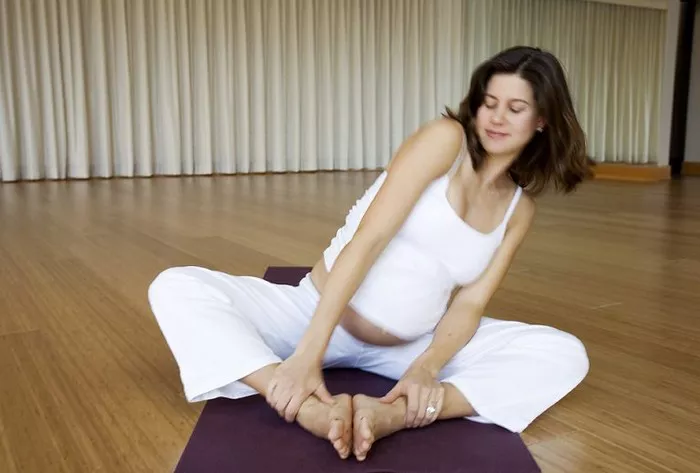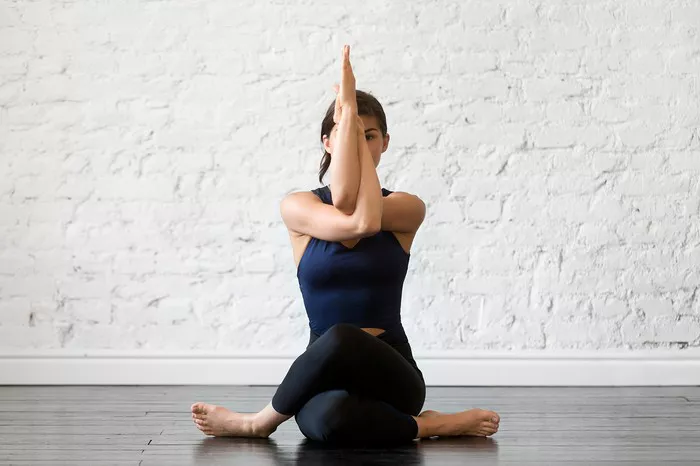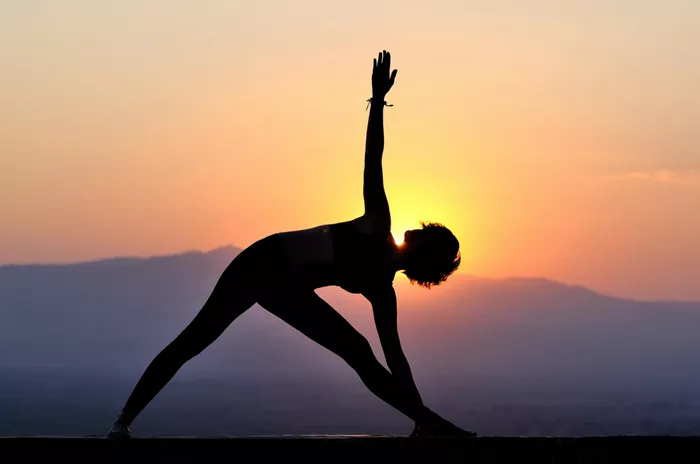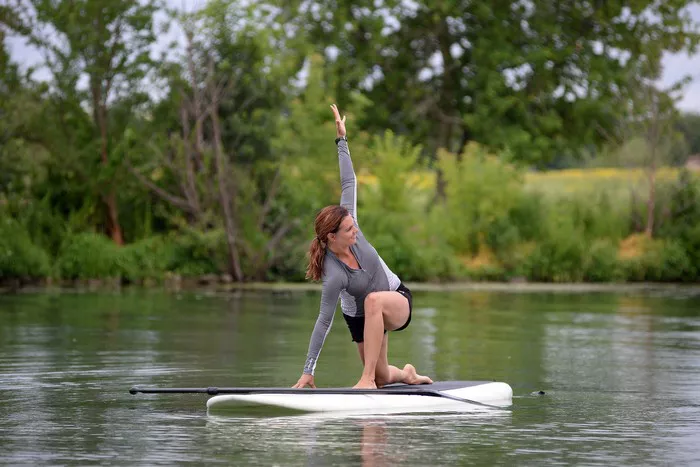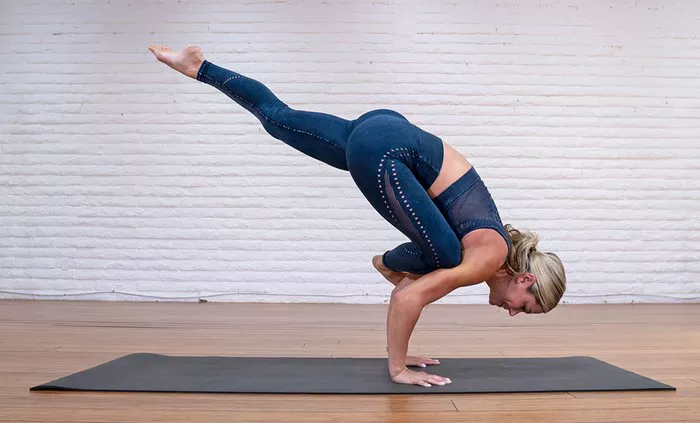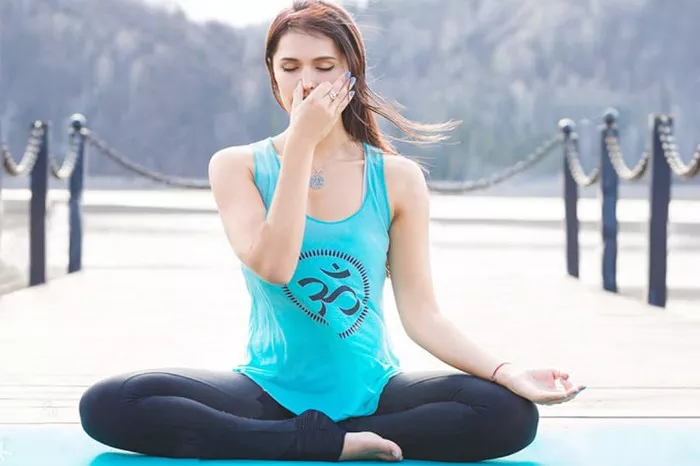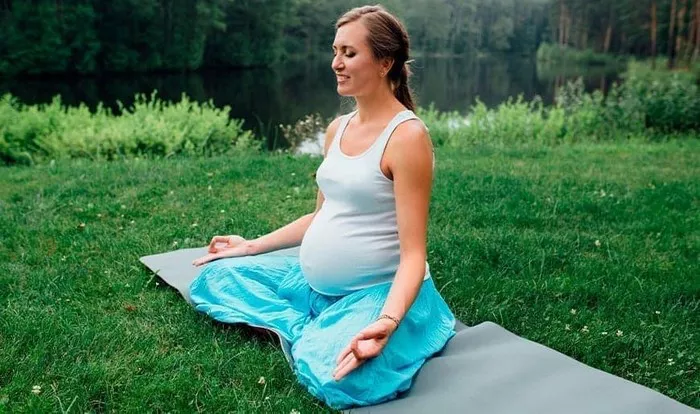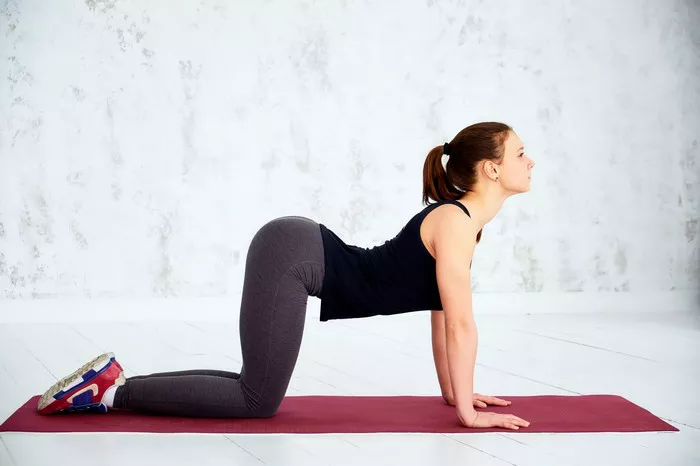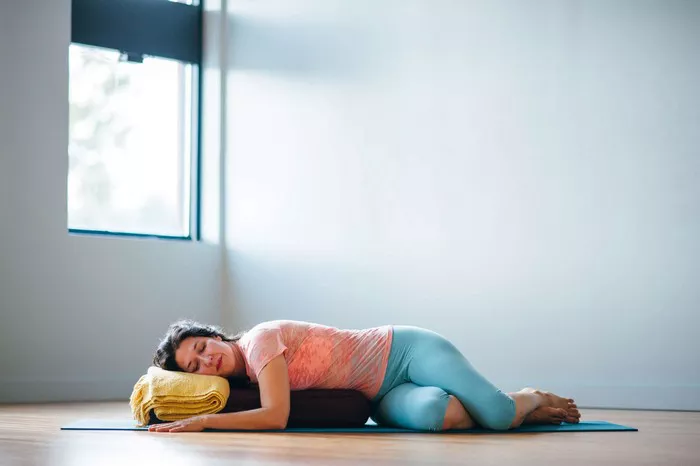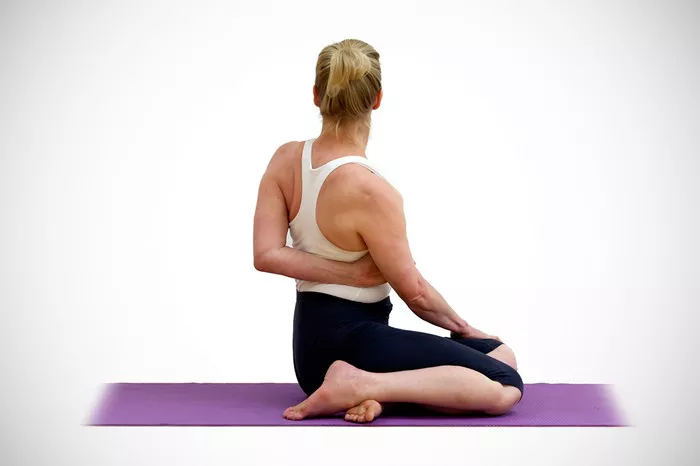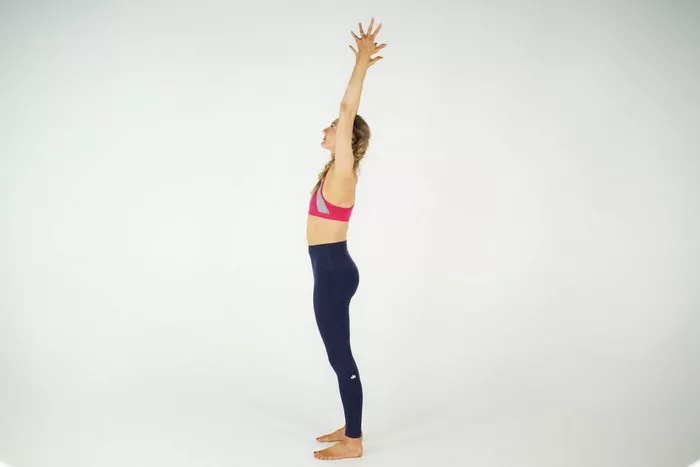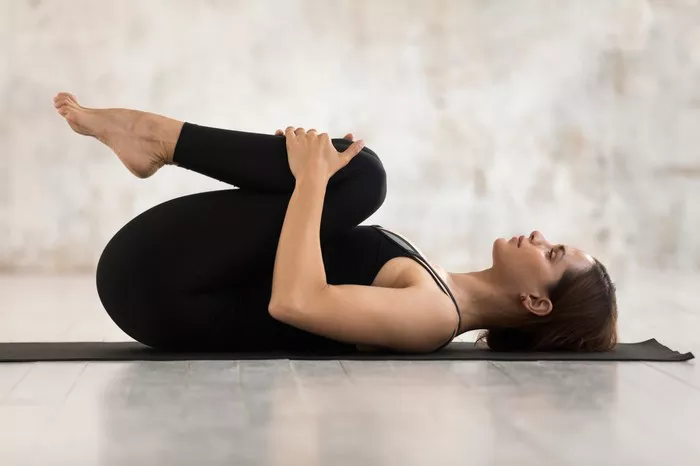Yoga has become a transformative practice for many, offering a wide range of physical, mental, and spiritual benefits. Among the various postures, the Butterfly Pose (Baddha Konasana) is often practiced for improving flexibility in the hips, groin, and inner thighs. It is a seated posture, where the feet are brought together and the soles touch while the knees open outward. Though the Butterfly Pose is beneficial for most people, it may not be suitable for everyone, particularly those with certain health conditions or physical limitations.
This article aims to delve into who should avoid practicing the Butterfly Pose and why. It also addresses common misalignments, variations, and ways to adapt the pose for different individuals, ensuring that yoga practice remains safe and accessible to all. Understanding the contraindications for this posture can help practitioners make informed decisions and avoid unnecessary strain or injury.
Understanding Butterfly Pose (Baddha Konasana)
Before diving into the details of who should avoid the pose, it’s important to understand the benefits and challenges of the Butterfly Pose.
Benefits of Butterfly Pose
The Butterfly Pose is renowned for its deep stretch and ability to target specific areas of the body. Some of the key benefits of this pose include:
Improves Flexibility: It stretches the inner thighs, groins, and hips. It also opens up the pelvic area, making it a great posture for increasing flexibility in the lower body.
Enhances Posture: Regular practice of Baddha Konasana helps improve posture by stretching the lower back and encouraging alignment of the spine.
Reduces Stress: Like many seated yoga postures, the Butterfly Pose has a calming effect on the mind, helping to reduce stress and anxiety.
Improves Circulation: By engaging the legs and pelvic area, this posture promotes better blood flow, especially in the lower limbs.
Strengthens the Core: The act of sitting up tall and keeping the spine aligned engages the core muscles, strengthening the abdominal area and supporting overall stability.
While these benefits make the Butterfly Pose appealing to many, it is not always appropriate for everyone.
Who Should Avoid Butterfly Pose?
1. Individuals with Hip or Groin Injuries
The Butterfly Pose requires a significant amount of hip and groin flexibility. For those with existing hip or groin injuries, this posture can exacerbate the condition or cause further strain. People recovering from hip surgeries, strains, or hip replacements should avoid this pose until they have fully healed and received clearance from a medical professional.
The outward rotation of the hips in Baddha Konasana can put added pressure on the hip joints and surrounding tissues. Those with injuries in the hip area should seek alternative poses that promote gentle stretching without overextending the joint.
For individuals with groin injuries (such as muscle strains or ligament sprains), the Butterfly Pose can place undue stress on the groin muscles. Over time, this can delay recovery or worsen the injury.
2. People with Knee Problems
Knee problems such as arthritis, ligament damage, or meniscus tears can make the Butterfly Pose difficult or even painful to perform. The pressure on the knees in this posture can lead to discomfort, especially when the knees are asked to open outward at a wide angle.
For individuals with knee pain, it’s important to avoid forcing the knees toward the floor, as doing so can lead to further irritation of the joint or exacerbate existing pain. Instead, using props like cushions or blocks to support the knees can provide relief and prevent strain.
Additionally, people with knee replacement surgeries or severe degenerative knee conditions should avoid attempting this posture until they have consulted with a healthcare provider. Modifications or alternate poses may be more appropriate in these cases.
3. People with Severe Back Pain
The Butterfly Pose requires a degree of spinal flexibility and alignment. For individuals with chronic or severe back pain, attempting this posture without proper guidance may aggravate the condition. Those with conditions like herniated discs, sciatica, or spinal stenosis should avoid this posture or seek professional guidance on modifications.
When practicing Baddha Konasana, it’s essential to maintain an upright spine to prevent rounding of the back, which could cause discomfort in the lower back. For individuals with pre-existing back conditions, sitting with an overly rounded spine can place undue stress on the vertebrae, leading to further injury or discomfort.
4. Pregnant Women (Especially in the Later Stages)
While the Butterfly Pose is generally safe for pregnant women in the early stages of pregnancy, those in later stages should avoid it. In the later months of pregnancy, the growing belly can place additional pressure on the pelvic region, making it uncomfortable or even unsafe to practice this pose.
Additionally, the deep external rotation of the hips that the Butterfly Pose requires can strain the ligaments and joints of the pelvic region, which are already more relaxed during pregnancy due to hormonal changes. This can increase the risk of injury or discomfort for pregnant women, particularly those in their third trimester.
It’s essential for pregnant women to consult with a healthcare professional before attempting any yoga poses, especially those that involve deep stretching or pressure on the lower body.
5. People with Severe Hip Flexibility Limitations
While the Butterfly Pose is intended to help open the hips and increase flexibility in the inner thighs and groins, it may not be suitable for individuals who have significant hip flexibility limitations. For some people, the tightness in the hips may make it difficult to sit comfortably in this posture without experiencing discomfort.
In cases where an individual has limited flexibility in the hip joints, forcing the knees down or pushing the feet too close to the body can lead to injury or muscle strain. For those with severe hip flexibility issues, practicing hip-opening poses such as gentle lunges, supine stretches, or more passive stretches may be more beneficial than attempting Baddha Konasana.
6. Individuals with Sciatica
Sciatica, a condition characterized by pain radiating along the sciatic nerve, can make many yoga poses uncomfortable, including the Butterfly Pose. The pressure on the lower back and hips in this posture can exacerbate sciatic pain, especially if the lower back is not properly aligned or supported.
For individuals with sciatica, avoiding deep hip stretches that place pressure on the nerve is critical. It’s also important to engage in gentle, mindful stretching that does not force the body into positions that increase the pain. Alternative poses, such as modified versions of seated forward bends or hip stretches, may provide relief without exacerbating sciatic symptoms.
7. Those with Foot Problems (Like Plantar Fasciitis)
People suffering from foot issues, particularly plantar fasciitis or other conditions that affect the soles of the feet, should be cautious when attempting the Butterfly Pose. While this pose does not directly affect the feet, the pressure placed on the feet during the posture may cause discomfort for those with foot-related problems.
In Baddha Konasana, the soles of the feet press together, which can irritate sensitive feet, particularly if one is dealing with conditions like heel pain, arch pain, or inflammation. It’s essential for individuals with foot issues to consider other, more supportive postures that do not place excessive pressure on the feet.
Alternative Poses and Modifications
For those who fall into any of the categories mentioned above, it’s important to explore alternative poses and modifications that can provide similar benefits without the risks associated with the Butterfly Pose. Here are some alternatives:
Seated Forward Fold (Paschimottanasana): This pose offers a gentle stretch for the back, hips, and thighs without placing excessive pressure on the knees or groin. By sitting upright and folding forward, this pose can help increase flexibility and promote a sense of calm.
Supta Baddha Konasana (Reclining Bound Angle Pose): This variation of the Butterfly Pose is done lying down, which reduces the intensity of the stretch in the hips and thighs. It also alleviates pressure on the knees and lower back.
Reclining Leg Stretch: For individuals with limited flexibility in the hips, stretching one leg at a time while lying on the back can offer similar benefits for the hips, groins, and thighs without the strain of the Butterfly Pose.
Modified Butterfly Pose: Placing cushions or blocks under the knees or using a chair to elevate the hips can help reduce strain for those with knee, hip, or back pain.
Legs Up the Wall Pose (Viparita Karani): For a gentle hip opener, this restorative pose allows individuals to relax with their legs supported by a wall, offering a mild stretch and improved circulation without requiring deep hip flexion.
Conclusion
While the Butterfly Pose is a beneficial and accessible posture for many, it is important to recognize that it may not be suitable for everyone. Individuals with hip or groin injuries, knee problems, severe back pain, pregnancy-related discomfort, or specific conditions such as sciatica or plantar fasciitis should approach this pose with caution or avoid it altogether.
By understanding the contraindications of the Butterfly Pose and seeking alternatives or modifications, yoga practitioners can continue to enjoy the physical and mental benefits of yoga while prioritizing their health and safety. Always consult a healthcare provider or experienced yoga instructor if you have any doubts about whether a pose is appropriate for your body’s needs. Yoga is a practice of self-awareness, and knowing your limits is just as important as pushing them.
Related Topics:

